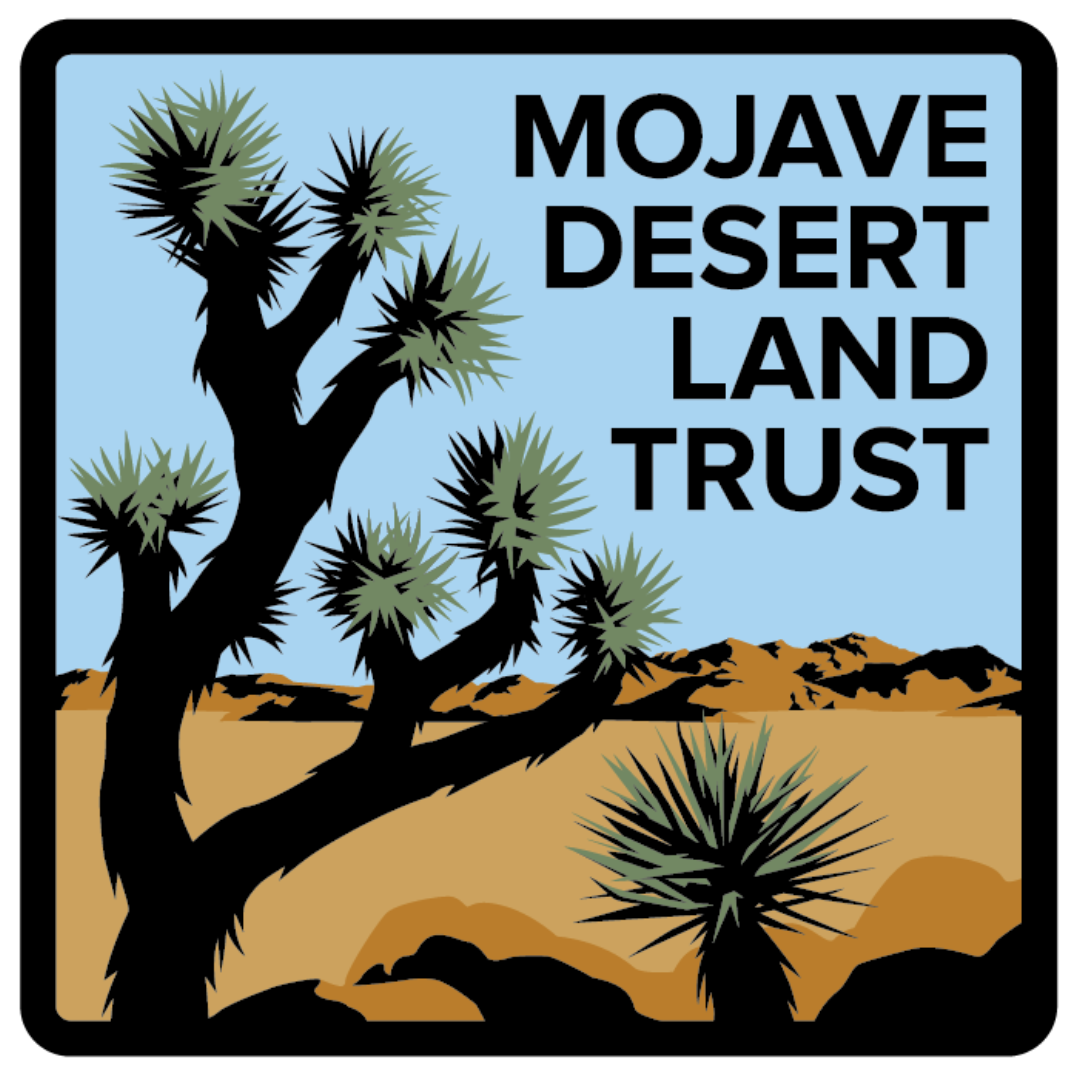Mojave Desert Land Trust secures protection of 6,901 acres
MEDIA RELEASE
December 19, 2022
Note to editors: To download the full range of photos, click here.
Mojave Desert Land Trust secures protection of 6,901 acres
Joshua Tree, California – In good conservation news for the California desert, the Mojave Desert Land Trust (MDLT) permanently protected an additional 6,901 acres of the region in 2022. MDLT’s significant land protections of the year included 232 acres in Death Valley National Park, a 640-acre property in Mojave Trails National Monument, and 1,440 acres in the Caliente Creek watershed.
“There is increasing urgency to this conservation work. The California desert and its immense biodiversity are under threat from development, wildfire, and species loss. Against this backdrop, climate change is now the greatest threat to our planet and all the life it contains. We need to work together to ensure the long-term prosperity of the Mojave and Colorado Deserts, and the unique plants, animals, and people that rely on them. Protecting land is a direct and lasting way of addressing the threats of climate change, and habitat and species loss,” said Cody Hanford and Kelly Herbinson, Mojave Desert Land Trust Joint Executive Directors.
One of the most remote and wildest acquisitions of the year spans 640 acres in the Cadiz Valley at the heart of Mojave Trails National Monument. The property is at an average elevation of 1,153 feet. As there is little human disturbance, this special property has ample signs of wildlife, with numerous animal tracks visible in the sandy soil. MDLT has now preserved 8,223 acres within this national monument.
In the southwestern corner of Death Valley, a 232-acre property was protected. Its steep hills afford breathtaking views of the park and the area’s fascinating geology. A former mineral extraction site also exists within the parcel boundaries. The land is in the Crystal Hills, a low mountain range area known for the Epsom Salts Monorail – a 28-mile long Lartigue Monorail system that operated in the 1920s to carry epsomite from a deposit in the Owlshead Mountains to the siding of the Trona railway. MDLT plays an important role in helping purchasing private land from willing sellers within national parks. This helps piece together our public lands. MDLT has conveyed more tracts of land to the NPS than any nonprofit since 2006.
MDLT acquired 618 acres in Mojave National Preserve in 2022. This National Park Service unit is one of MDLT’s priority acquisition areas. It boasts some of the richest plant diversity in the entire California desert. A total of 24,313 acres have been conserved here since 2006. One 140-acre parcel protected in 2022 has traces of former mining activity. Wildlife ramps will be added to prospect pits there to provide an escape route should animals become trapped, and one mineshaft with wooden structures will need to be fenced.
Wilderness has the highest form of protection of any federal wildland. Acquisitions in wilderness areas help preserve landscapes where people can experience silence and recreate, and flora and fauna can thrive undisturbed. MDLT acquired five parcels totaling 100 acres in wilderness areas this year. A 20-acre property in the Old Woman Mountains Wilderness has traces of a homestead. Although the land is located at an elevation of 2,765 feet, it has an old car, storage tanks, and even a clothesline. Federal archaeologists will inspect this site to determine whether items are historic.
In one of MDLT’s southernmost acquisitions to date, 10 acres were protected in the Jacumba Mountains Wilderness along the California-Mexico border. The wilderness itself comprises 30,000 acres of craggy granitic mountains and picturesque desert washes, and is home to mule deer, rare peninsular bighorn sheep, golden eagles, and flat-tailed horned lizards. To date, MDLT has transferred 120-acres of the Jacumba Mountains Wilderness to the Bureau of Land Management. Such conveyances fall under conservation use restrictions.
Preserving wildlife corridors remained a focus for MDLT in 2022. Wildlife are losing habitat to development and urban sprawl. Fragmented habitat impacts the future of species, with less space for animals to roam and mate, which in turn reduces genetic diversity. Wildlife corridors allow space for animals to migrate, and help connect populations of plants, pollinators, and other organisms so they can thrive. MDLT protected another 20 acres in a wildlife corridor north of Joshua Tree National Park this year.
Expanding on our work in Kern County, MDLT took over ownership of 1,440 acres of Caliente Creek in a donation by the Trust for Public Land. The property is bound by the Piute Mountains on the east and the Sierra Nevada and Scodie Mountains on the North. It contains an important water source for wildlife and its rolling, oak-studded hills serve as key habitat linkage between the desert and the mountains.
Together, these conserved desert lands also play an additional role in tackling climate change by sequestering carbon in the plants and soil. The California desert stores 10% of the state’s carbon underground. Permanently protecting these lands ensures that carbon will not be released through development and disturbance of the soil.
Since its founding in 2006, MDLT has conserved over 110,000 acres of ecologically significant lands across the California desert. These acquisitions reflect the incredible biodiversity and dramatic landscapes of this region.
